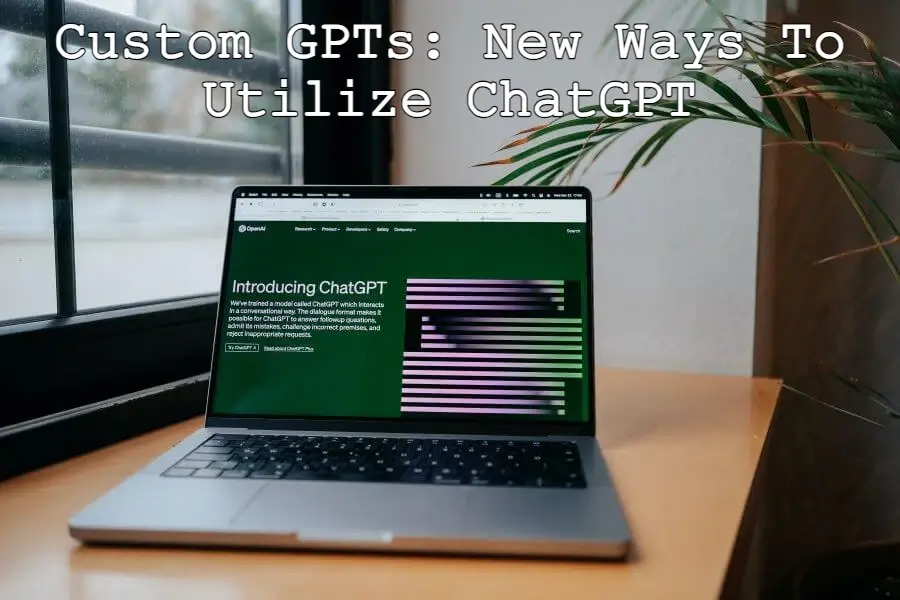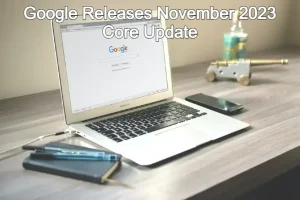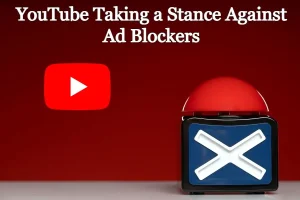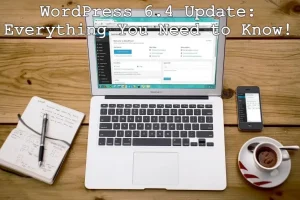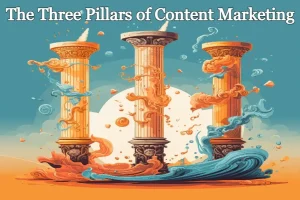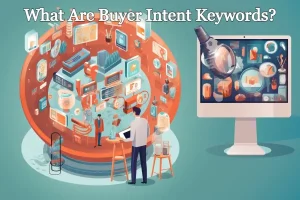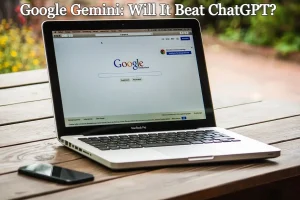What if we told you there’s a new way to utilize custom ChatGPTs for SEO and marketing? Perfecting your SEO and marketing skills are undoubtedly some of the most challenging things you can do today. In fact, it could take years to master. It also requires you to constantly learn how to do it better, as new methods emerge every time. This is why you need to embrace tools that can make mastering it easier and faster.
Yes, this is possible with the new custom GPTs. By now, you most likely have heard about the revolutionary ChatGPT and the waves it has caused in recent times. You can create custom GPTs to make SEO and marketing more straightforward and faster. So, today at Pugudigital, we’ll explore why you should use custom GPTs for content marketing and search engine optimization.
Highlight Summary:
- Custom GPT refers to models developed or customized to go above and beyond the capabilities of the base models for a particular application, industry, or purpose
- You can use the GPT editor to customize your own content generation application among other things
- It’s easy to build your own custom GPT
- You can use Custom GPTs to determine E-E-A-T and to test the waters with SEO analysis
What are Custom GPTs?
Generative Pre-trained Transformer, or chat GPT for short, is a state-of-the-art language model that uses massive quantities of data to train itself. This is a game changer if you consider what can be accomplished by tailoring this supercomputer to your unique requirements.
Custom GPT refers to models developed or customized to go above and beyond the capabilities of the base models for a particular application, industry, or purpose. Generally, chat GPT models are for deep learning. They specialize in interpreting sequential information such as natural language. This is why GPT models use vast volumes of text data for pre-training to understand the statistical patterns and structures of language.
However, a pre-trained GPT model has a limited use when you need it in specific contexts. Here’s when specialized GPT comes in handy. Custom GPT models take a pre-trained GPT model and further train it on a specific dataset relating to the intended task or topic.
Interestingly, custom GPT models can be trained for numerous purposes. These include chatbots, customer assistance, content production, translation, summarization, and more. The model is often trained on task-relevant labeled data during the fine-tuning phase, enabling it to tailor its language-generating capabilities to the needs of the task or domain at hand.
How to Use Custom GPTs For SEO and Marketing
Content Generation
Custom GPT algorithms can be taught to create high-quality material. This can be achieved by focusing on specific users, topics, or buyer intent keywords. It may involve anything from brainstorming ideas to outlining text to checking for syntax, grammar, and spelling errors. Marketers can use chat GPT to speed up the creation of exciting and optimized content for search engines.
Keyword Research
By generating related keywords and suggestions from a particular topic or seed term, custom GPT models can aid in keyword research. Marketers can use these recommendations to improve their websites’ search engine rankings by adjusting the content, meta tags, headings, and other on-page features.
Ad Copywriting
Customized GPT models can be fine-tuned to produce enticing and convincing marketing text. Advertisers can use these models to develop clickable headlines, descriptive copy, and calls to action that appeal to their specific demographic.
Customer Support and Chatbots
It is possible to train ad hoc GPT models to respond effectively and efficiently to consumer inquiries and support tickets. This can increase engagement metrics and user satisfaction, which are beneficial to SEO.
SEO Content Optimization
Customizing existing website content can be analyzed using GPT models, with recommendations for search engine optimization provided. Marketers can benefit from their advice on optimizing on-page elements, including meta tags, headlines, content structure, and keyword density.
Market Research
These ChatGPT models can be applied to analyze and summarize market research data, industry reports, consumer feedback, and social media interactions. Insights may be extracted, patterns can be identified, and data-driven decisions can be made to improve marketing campaigns.
How To Build A Custom GPT
First, you need to have a chatGPT plus or enterprise account to get started. Afterward, you can create a unique GPT by using the Create or Configure buttons. If you use the Create button, you can have two-way communication with the GPT Creator. One advantage of custom GPTs is that they can be modified without needing specialized coding skills or a long list of parameters. On the other hand, the Configure button lets advanced users of prompt engineering enter particular information about the GPT to make it fit their needs.
By giving it instructions, you can tell the GPT editor what features to implement and what actions to take or refrain from doing. GPT instructions are prompt-engineered from talks with the GPT Builder and can be up to 8,000 characters, more than twice as long as Custom Instructions.
Custom GPTs For SEO And Marketing
You can use Custom GPTs to determine E-E-A-T. To test the waters with SEO, I whipped together a Web Quality Analyst in about 10 minutes. It ranks websites on four criteria: experience, expertise, authority, and trustworthiness. It consults the Search Quality Rater Guidelines and Overview publications as background research. During the preview, I had to remind the GPT to utilize its browser’s built-in tools for assessing websites and looking for third-party reviews. I used Create to add a note to the GPT Builder.
Basic information like instructions (a prompt-engineered revision of your answers to the GPT Builder’s questions), discussion starters, and knowledge (uploaded reference materials) can all be found on the Configure screen.
Further down, you’ll find options to tailor the GPT’s multimodal Capabilities to individual users. Here, you can integrate 3rd-party services via Actions. You can also use Advanced Settings to choose whether or not OpenAI can leverage your GPT’s discussions as training data. When everything works as it should, you can make your GPT private, available via direct link, or public. To do this, click the Save or Update menu in the top right of the user interface.
Final Thoughts
Custom GPTs have enormous potential to improve content marketing and SEO (search engine optimization) efforts in the future. In addition to helping with search engine optimization, it will be essential in the creation of original, interesting content. They are also useful for targeted advertising and similar purposes. However, they must be utilized in conjunction with human judgment and moral principles.


